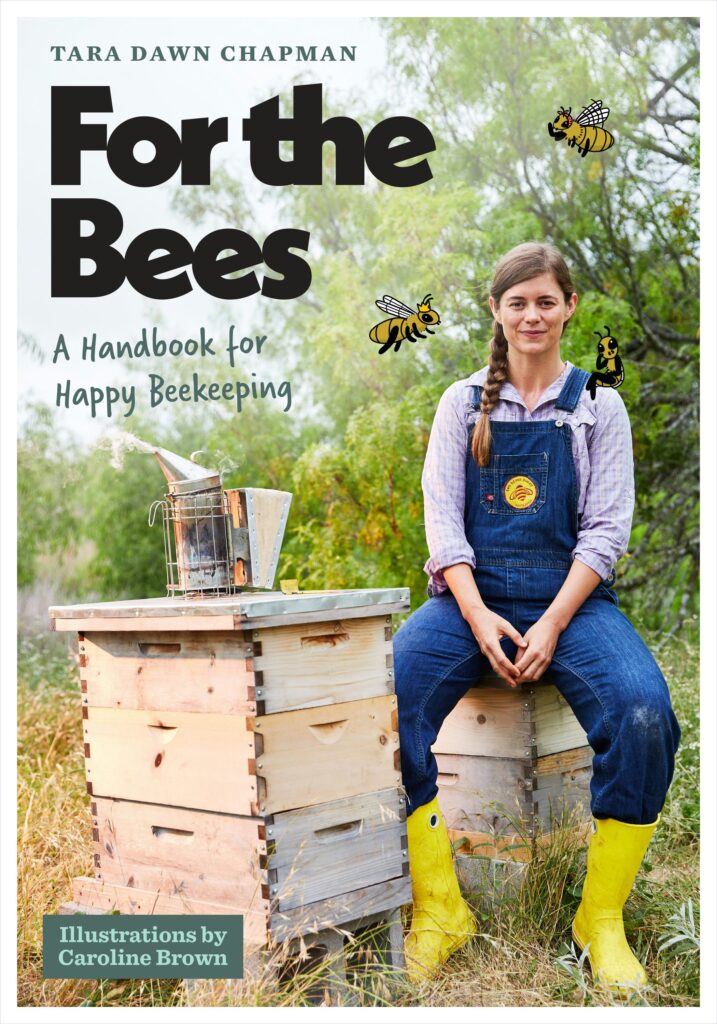Thank you for taking a class or workshop with us! Below are a few resources intended to help you in your journey.
If you enjoyed Tara’s teaching style, please check our her book, “For the Bees: A Handbook for Happy Beekeeping”!
Thank you for taking a class or workshop with us! Below are a few resources intended to help you in your journey.
If you enjoyed Tara’s teaching style, please check our her book, “For the Bees: A Handbook for Happy Beekeeping”!
Looking for more hands on help? We were the first to offer a 50+ hour immersive beekeeping course in Texas, and we are currently in our 16th cohort (our 8th year!) This beek apprenticeship program is only offered twice a year. The class most always sells out, and you can register or sign up to be notified when the next cohort is available at the link below. All classes take place at the Honey Ranch just east of Austin, and half of your time will be spent in bees. Each class is capped at 20.
